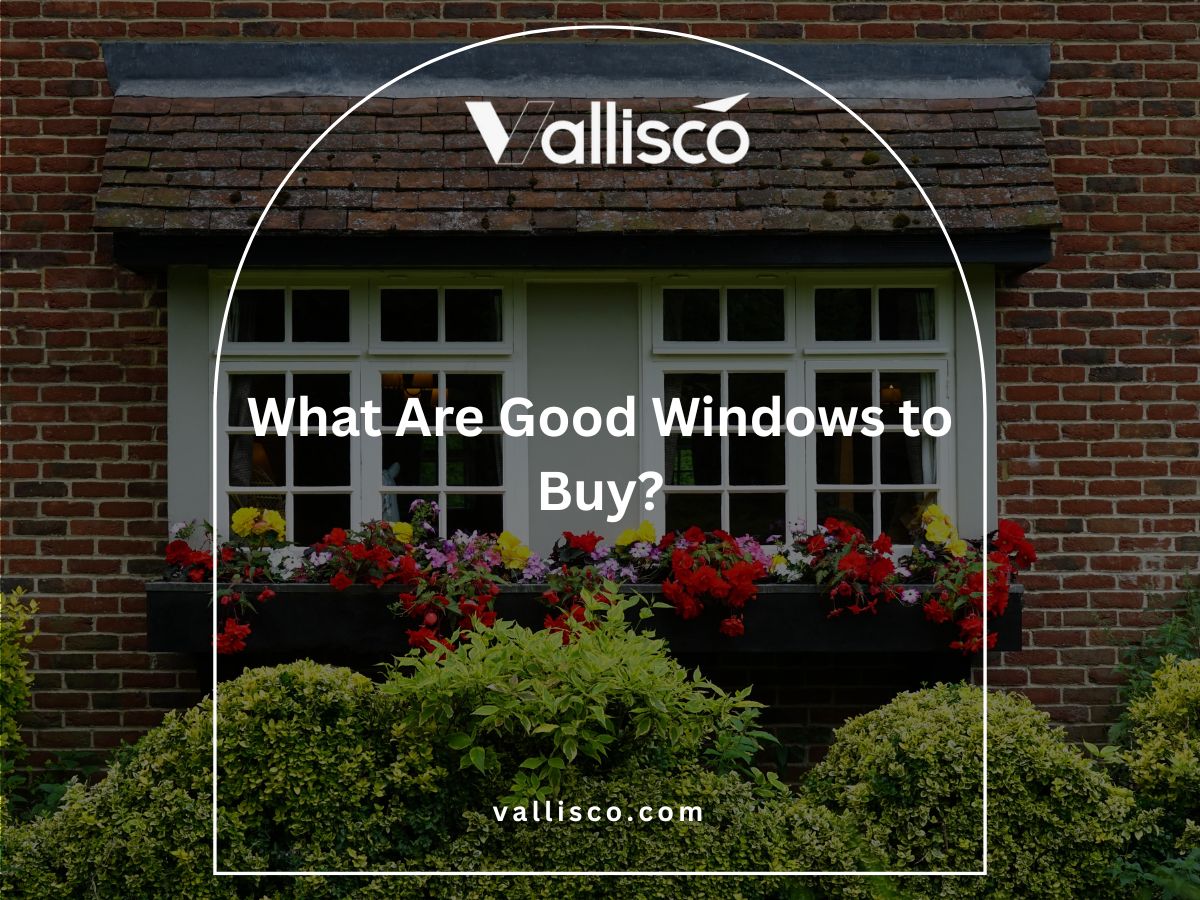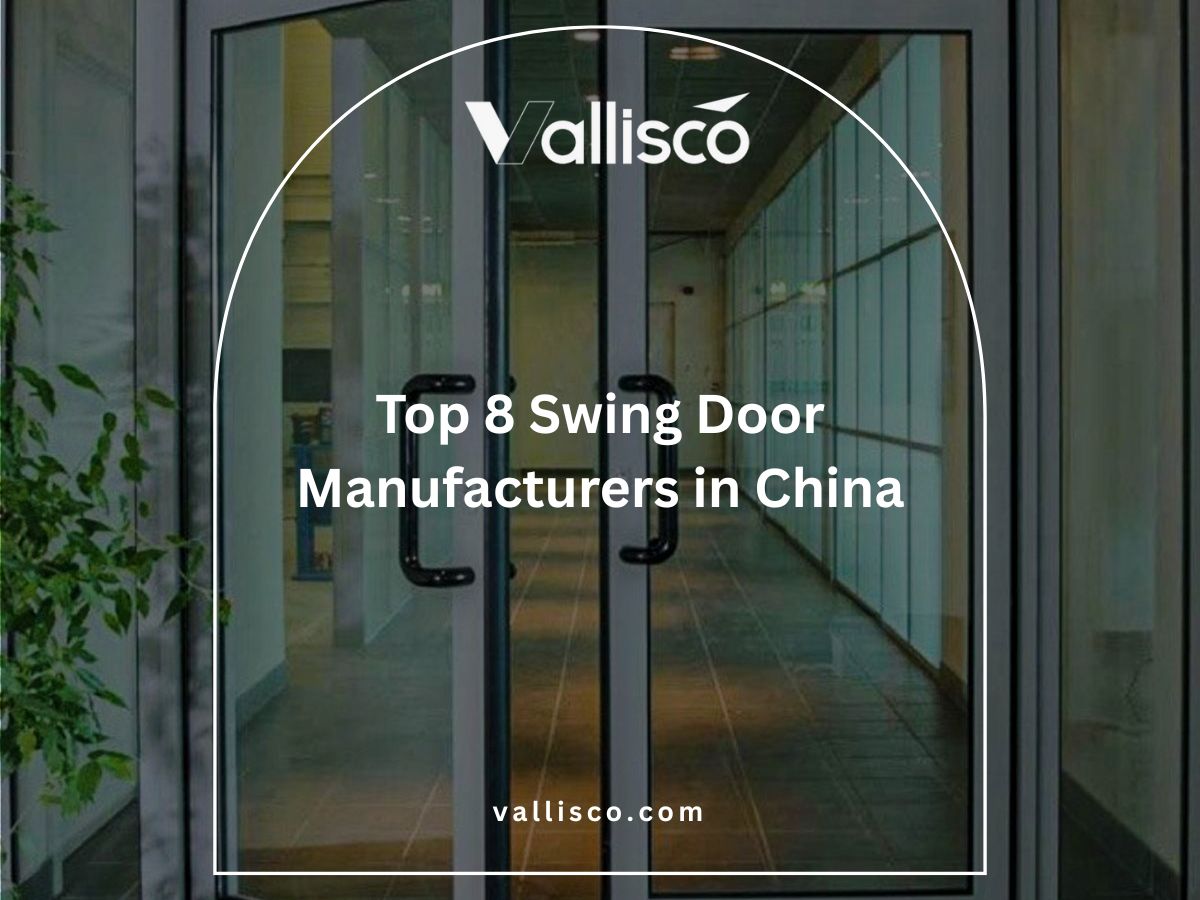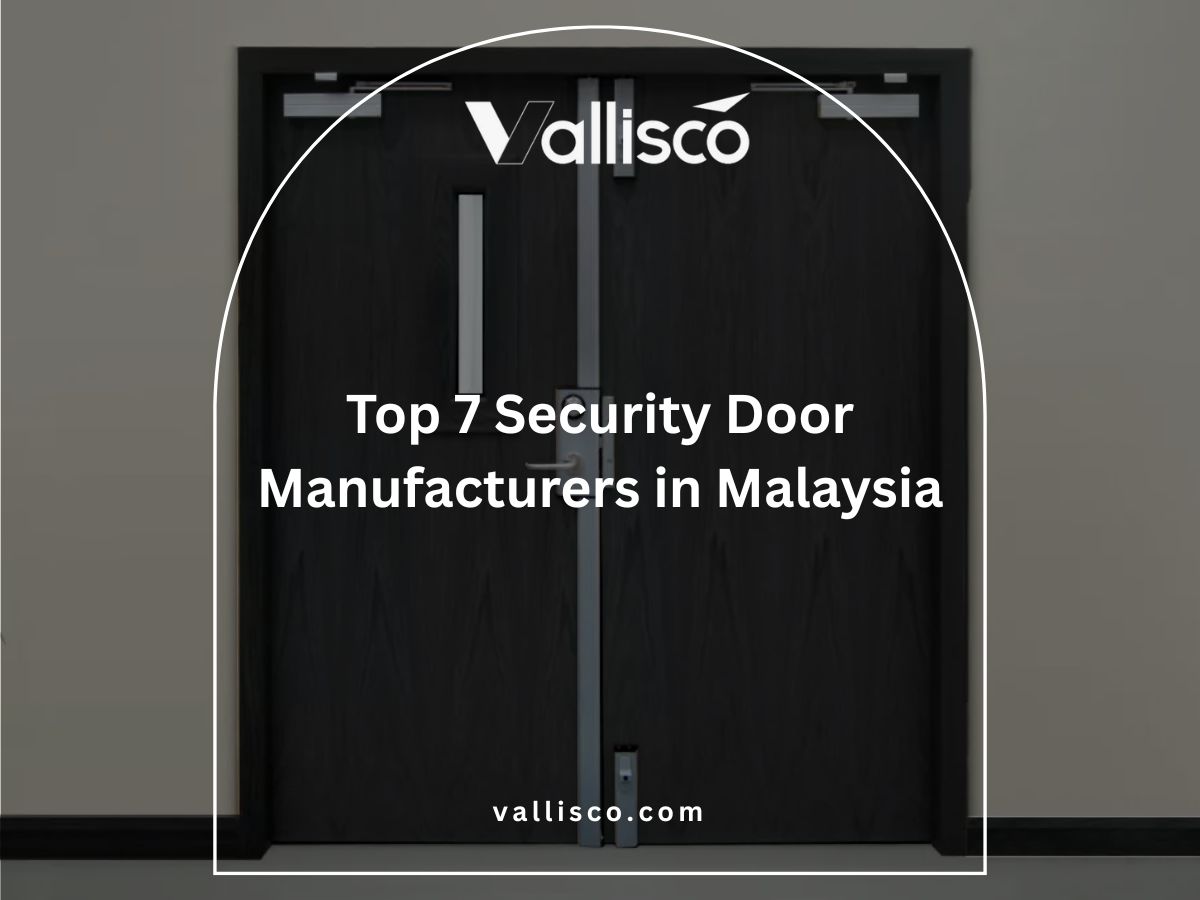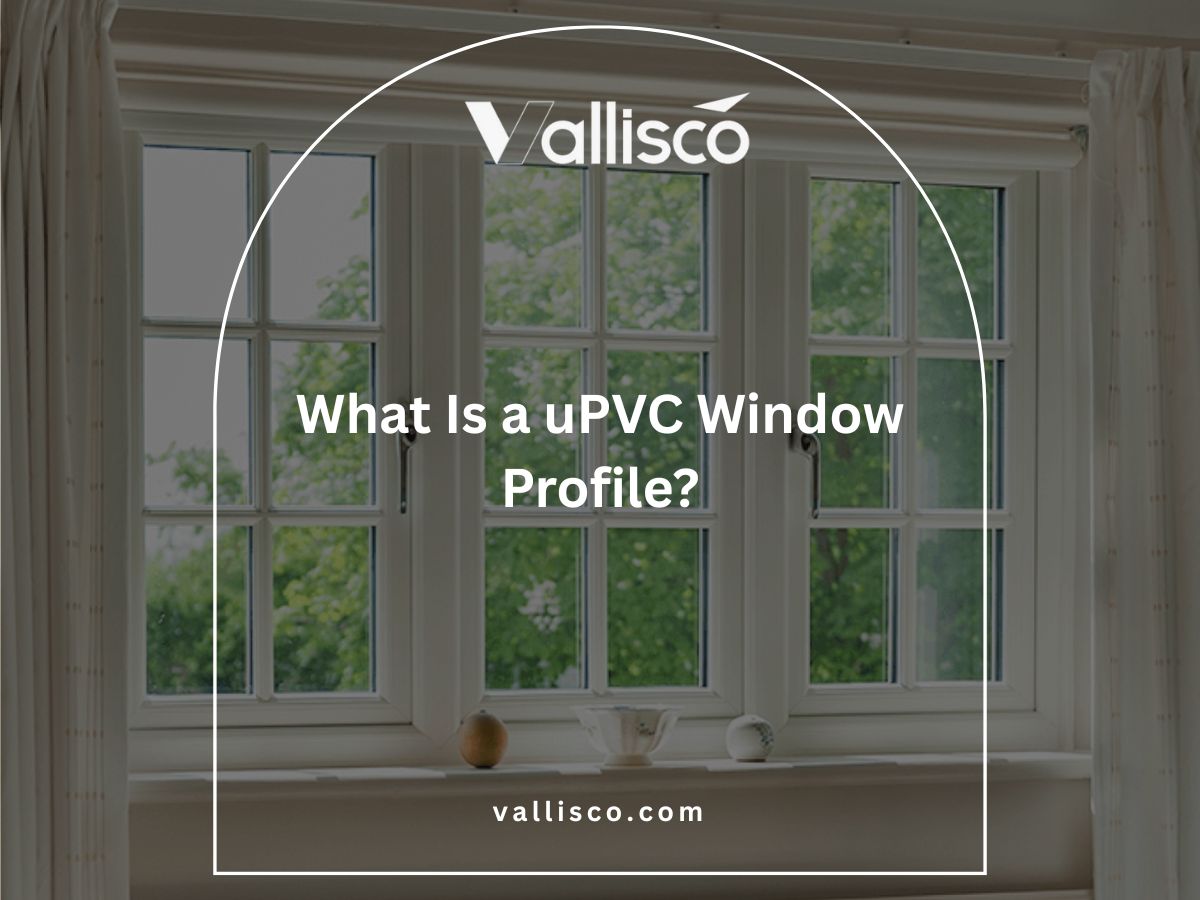The first time I ordered steel windows for a villa project, the supplier promised strength and style but the frames didn’t even match the site drawings.
That mistake cost both money and time, and it taught me to never take marketing claims at face value.
Since then, I’ve studied the real performance of commercial steel windows across villas, hotels, and greenhouses, talking with teams who use them every day.
This guide will walk you through durability, cost, and design options so you can make choices that actually hold up in use.
If you’ve been burned by overpromises before, you’ll find this review refreshingly straightforward.
So let’s get started!
1. What Are Commercial Steel Windows?
I first came across commercial steel windows during a hotel renovation. At first, they looked like any other frame, but once installed, the difference was clear. These are steel-framed windows designed for larger buildings such as villas, hotels, and greenhouses. Unlike residential steel windows, they are built to carry heavier loads, fit into bigger structures, and support more demanding use.
Their core features are what make them stand out. The slim sightlines allow more glass and natural light, which changes the look of a room. Steel brings strength and durability, holding up against daily use while supporting larger glass panels. I’ve seen villa owners impressed by how these windows combine strength with a modern, open feel.
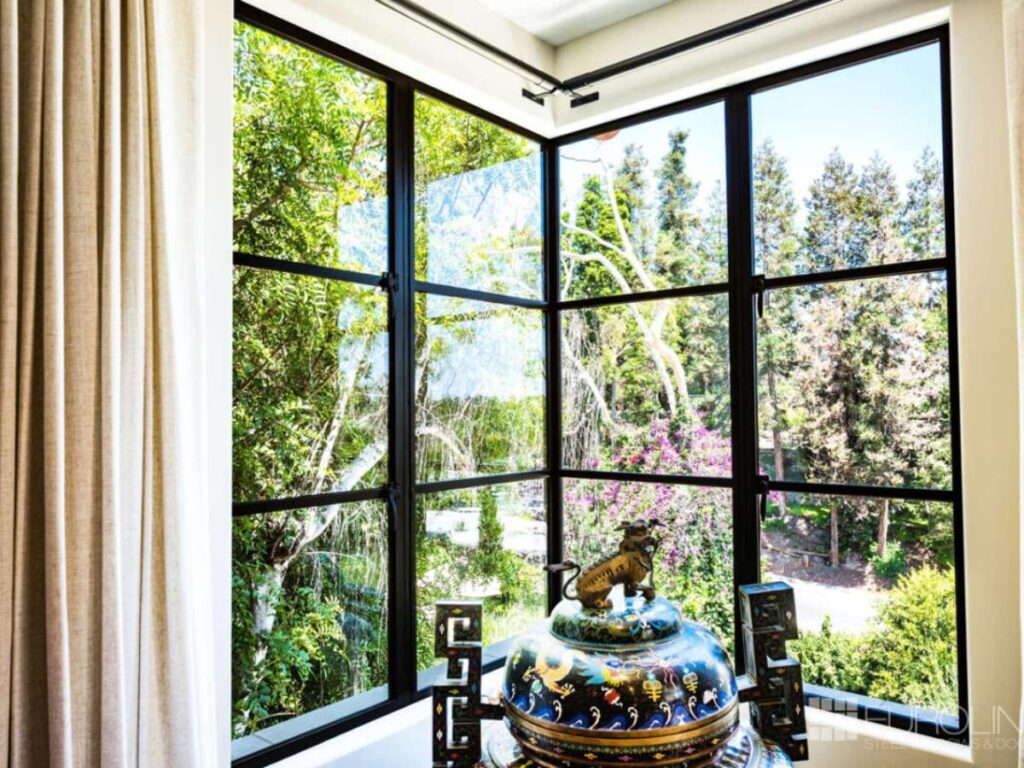
2. Key Benefits of Steel Windows in Commercial Projects
When I first started working with commercial projects, I thought windows were just about looks. Over time, I learned that they affect comfort, safety, and even long-term costs. Steel windows stand out because they bring several benefits that matter to property owners and engineering teams alike.
Durability and Strength
The first thing you notice about steel windows is how solid they feel compared to wood or aluminum. They resist dents and cracks, making them less fragile on busy sites. I’ve seen hotels still using the same steel windows after decades, and they continue to work well. For long-term value, this durability is hard to overlook.
Design Flexibility
Steel windows give you a surprising amount of freedom in design. They work well in modern settings, traditional buildings, or even industrial-style projects. I once worked on a villa where the owners wanted wide, open views of the garden, and steel allowed us to install very large glass panels. The slim frames meant the rooms stayed bright and open without looking heavy or bulky.
Security and Safety
Another key advantage is security. Steel frames are harder to break through, which gives you better protection against burglary. Many options also come with fire-rated versions, meaning the frames and glass are tested to resist fire for a set period of time. In hotels and B&Bs, this can provide peace of mind for both owners and guests.
Energy Efficiency
When paired with the right glazing, steel windows can help lower energy costs. Double glazing or low-E glass adds insulation, keeping heat inside during winter and reducing heat gain in summer. I’ve seen this make a real difference in villas with large glass areas where energy bills were once a constant concern.
Low Maintenance
Steel windows also reduce the burden of upkeep. Unlike wood, they do not warp, rot, or attract pests. Owners I’ve spoken with appreciate not having to repaint or repair frames often. Once installed, they require minimal attention, which saves both time and money over the long term.
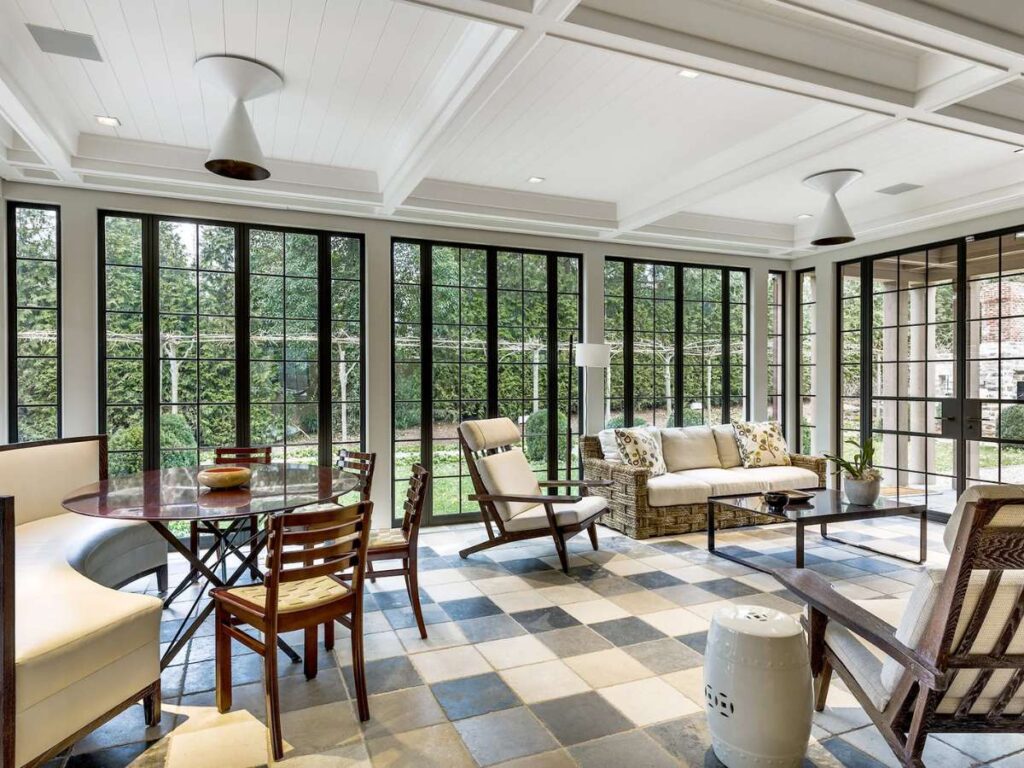
3. Types of Steel Windows for Commercial Use
Commercial steel windows come in many forms, and the right choice depends on how the space is used. Breaking them down by opening style, glass type, and finish makes it easier to see which options fit best for villas, hotels, or greenhouses.
By Opening Style
- Fixed: These stay in place and do not open. They are ideal for areas where natural light is more important than ventilation, such as hotel lobbies or greenhouses.
- Casement: Hinged at the side, they swing open outward or inward. They are common in villas because they allow full ventilation.
- Awning: Hinged at the top and opening outward. They are useful in places where airflow is needed but rain protection is also important.
- Sliding: Move horizontally on tracks, saving space. Hotels often use these in guest rooms with balconies.
- Tilt-and-turn: Open in two ways, either tilting at the top or swinging open from the side. They are favored in modern villas and upscale projects for flexibility.
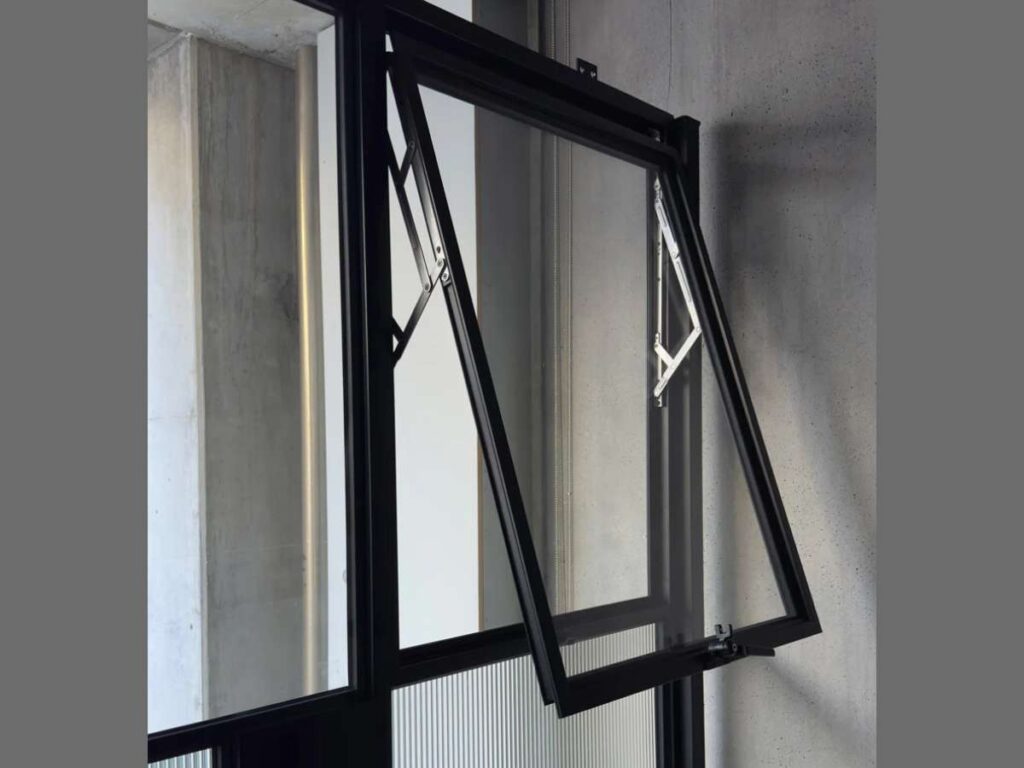
By Glass Options
- Single glazing: One sheet of glass, usually for less demanding spaces.
- Double glazing: Two layers of glass with air or gas between them, giving better insulation. This is suitable for hotels or villas where energy efficiency matters.
- Laminated or tempered safety glass: Stronger glass types that resist breakage, often required in commercial buildings for safety.
- Low-E or thermal break glass: Special coatings or frames that reduce heat transfer. These work well in resorts and villas where large windows face direct sunlight.

By Finish
- Powder-coated: Adds color and protects against scratches and corrosion.
- Galvanized: Coated with zinc to resist rust, often used in greenhouses or coastal areas.
- Painted (anti-rust coatings): Protects steel from moisture, often chosen in dry climates or lower-maintenance projects.
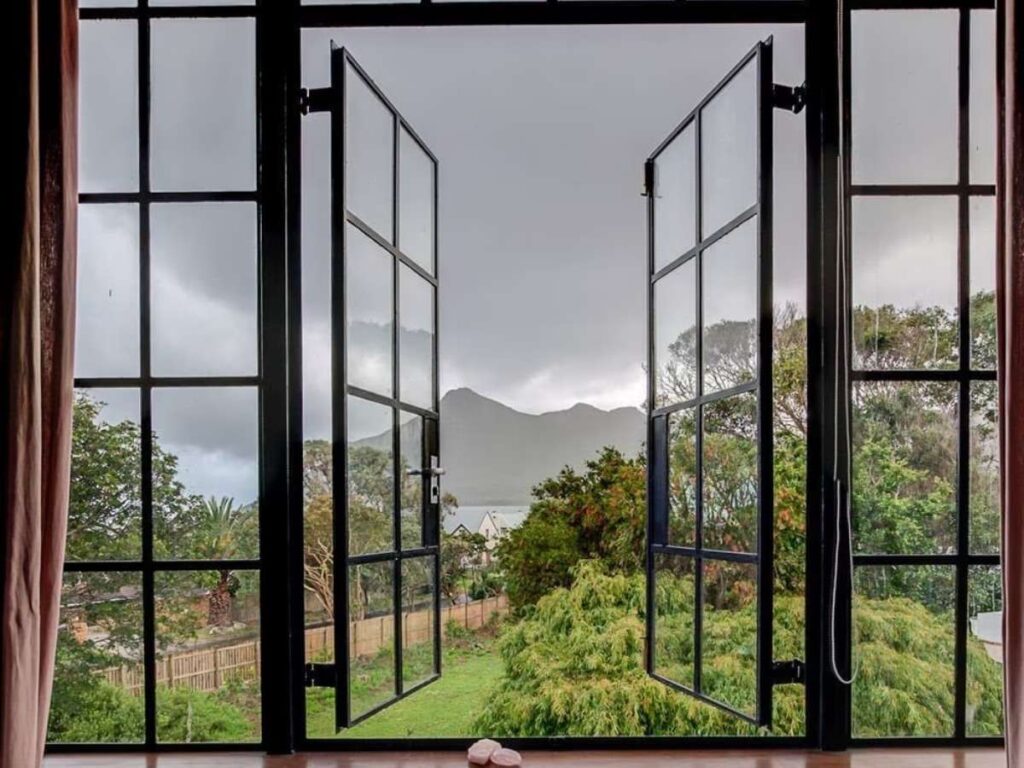
Each category serves a purpose. I’ve found that once you match the type of window to the building’s needs, the whole decision process feels a lot less complicated. For buyers looking for a wide range of styles and finishes, suppliers like Vallisco make it easier to cover both standard and custom project requirements.
4. Performance Ratings and Testing Standards
Commercial steel windows are measured by performance ratings. These standards show how well they manage heat, resist damage, and meet environmental goals. Understanding these terms helps you choose windows that match your project needs.
Energy Ratings
U-value measures heat loss: lower is better. SHGC, or Solar Heat Gain Coefficient, measures how much sunlight becomes heat. Low SHGC suits hot areas, higher works better in colder climates. Picking the right balance lowers energy bills in hotels and villas.
Safety and Security Standards
Fire-rated certifications show how long windows can resist fire, which is critical in many commercial projects. Impact resistance measures strength against force, like storms or break-ins. Properties near busy streets or coastal areas often choose this option for added safety.
Environmental Standards
Some windows carry sustainability certifications. These show recycled steel or energy-saving glass has been used. For businesses promoting eco-friendly practices, these options support green goals while keeping performance high. It’s one way to meet building requirements and appeal to environmentally conscious guests.
5. Common Applications in Commercial Buildings
Steel windows are versatile, which is why you see them in so many different types of projects. Their strength, design flexibility, and performance allow them to adapt to villas, hotels, and even specialized spaces like greenhouses.
Steel windows fit into different settings with practical benefits for each one. If you match the right type with your project’s needs, you’ll see both immediate results and long-term value.
Villas and Houses
In villas, steel windows often frame large glass facades. These create open views and bring in natural light that makes living areas feel spacious. Many owners also use them for indoor-outdoor spaces, such as connecting a dining room to a patio. I’ve seen homes where this design completely changed how families used their living spaces.
Hotels, Inns, and B&Bs
Hotels and B&Bs look for features that improve the guest experience. One of the most valued benefits is noise insulation. Double-glazed steel windows help keep rooms quiet, even in busy city areas. Safety is also a top priority. Fire-rated and impact-tested windows meet regulations and give owners peace of mind. Guests may never notice these features, but they feel the difference in comfort and security.
Greenhouses
Greenhouses rely on slim steel frames to maximize sunlight for plants. Unlike bulky materials, steel supports wide glass areas while keeping the structure strong. Corrosion-resistant finishes such as galvanization also protect against humidity, which is constant in these spaces. In my experience, these features extend the lifespan of the greenhouse and reduce repair costs over time.
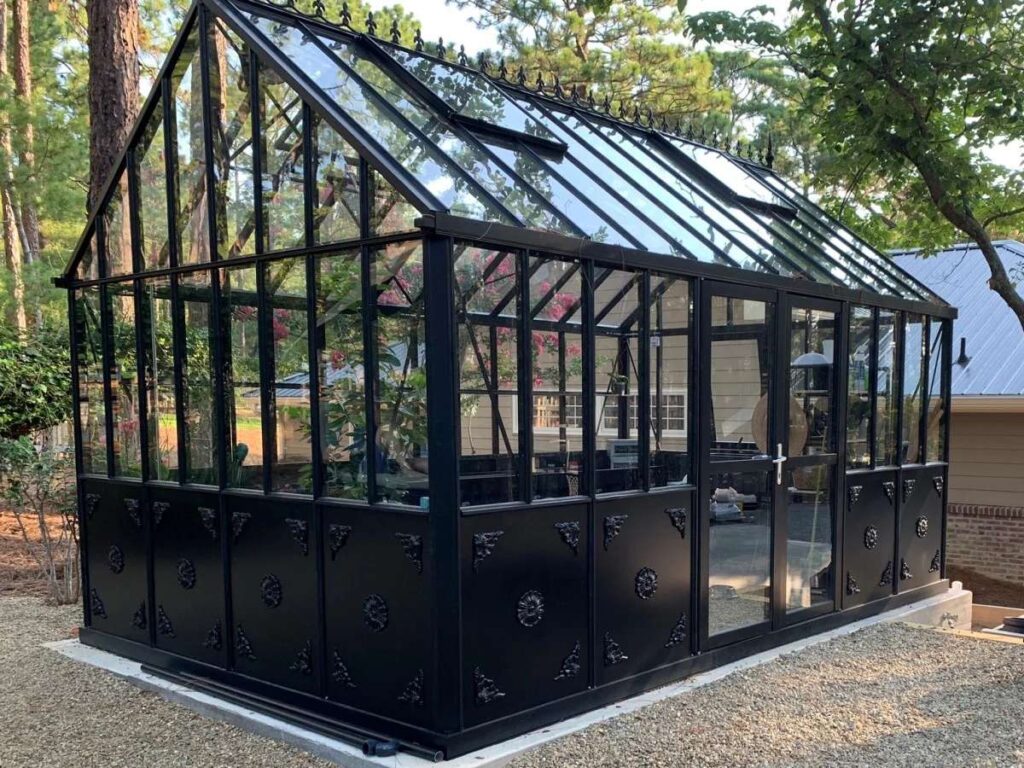
6. Steel vs. Aluminum vs. Other Window Frame Materials
Steel windows are often compared with aluminum, wood, and uPVC. Each has strengths and trade-offs, and the right choice depends on your project’s goals.
| Comparison | Steel | Aluminum | Wood | uPVC |
| Strength | Strong and durable, supports very large glass panels. | Lighter, less strong, may need thicker frames. | Moderate strength but prone to rot and warping. | Limited strength, struggles with large openings. |
| Design | Slim frames allow more glass and modern style. | Slim look but bulkier than steel in large projects. | Warm and classic appearance, often valued in traditional designs. | Simple designs, less flexible in style. |
| Maintenance | Low upkeep, resists rot and pests. | Needs coating to prevent corrosion in coastal areas. | High maintenance, requires sealing and repainting. | Very low maintenance but can discolor over time. |
| Cost | Higher upfront cost but long lifespan balances it out. | More affordable, often chosen for cost savings. | Expensive in premium grades, plus upkeep costs. | Cheapest option, but shorter lifespan. |
| Best Use | Villas, hotels, and greenhouses where strength and style matter. | Mid-size projects needing light weight and lower cost. | Traditional houses or small inns that value a natural look. | Budget projects where cost is the top concern. |
| Not Ideal For | Very low-budget builds. | Heavy-duty or high-security projects. | Humid or coastal climates. | Large openings or luxury developments. |
From my perspective, steel is the best fit when you want windows that perform well for decades without losing their appeal. Other materials have their place, but they come with limits you should weigh carefully.
7. Installation and Maintenance Best Practices
Even the best steel windows won’t perform well if they are installed poorly or neglected over time. I’ve seen projects where high-quality frames failed simply because shortcuts were taken during setup or maintenance was ignored. The good news is that following a few simple steps keeps them strong and reliable for years.
Installation Tips
- Hire Experienced Installers: Steel windows are heavier than other materials, so proper handling matters. An experienced team knows how to set them without bending or damaging the frame.
- Correct Sealing for Weather Resistance: Using quality sealants around the edges prevents water leaks and air drafts. Hotels and villas benefit most here, since comfort is directly tied to sealing quality.
- Proper Frame Alignment for Durability: If frames are slightly off, glass panels may crack or doors may jam. Careful alignment keeps everything operating smoothly.
Maintenance Tips
- Regular Cleaning With Mild Soap: Dirt and dust buildup can shorten the life of the finish. Simple cleaning every few months helps windows look new.
- Apply Anti-Rust Coatings If Required: In coastal or humid environments, extra coatings protect steel against corrosion. I’ve seen greenhouses extend window life significantly by adding this step.
- Inspect Seals and Hinges Yearly: Small checks prevent big problems. Tightening loose hinges or replacing cracked seals early saves costly repairs later.
When you combine proper installation with steady upkeep, steel windows deliver both beauty and performance. In my experience, owners who treat windows as long-term assets get far more value out of their investment.
8. Final Checklist Before Purchasing
After learning about styles, features, and performance, it helps to step back and look at the essentials. A checklist keeps you from missing details that can cost time or money later. I’ve found that owners who go through a list like this before ordering feel more confident in their choices.
Window Style
Think about how the window will function in your space. Fixed windows work well in lobbies or greenhouses, while casement or sliding styles are better for villas and guest rooms. Matching the style to the user saves regrets later.
Confirm Glazing Type
Glazing means the number of glass layers. Single glazing is basic, but double glazing adds insulation. Low-E glass has a coating that reduces heat transfer, which is valuable in hotels and villas where energy bills add up. For larger openings, choosing the right glazing makes a noticeable difference in comfort and efficiency.
Check Certifications
Look for safety ratings like fire resistance, or energy ratings such as U-value. These numbers may seem technical, but they give you proof that the product performs as promised. Asking for documentation from your supplier helps you avoid low-quality products that lack proper testing.
Suppliers and Manufacturers
Not every supplier delivers the same quality. Comparing options helps you see differences in price, service, and reliability. Companies like Vallisco focus on providing both durable products and support for long-term projects, which makes them worth considering.
Conclusion
You started with questions. Now you have answers.
We’ve covered what commercial steel windows are, how they’re built, and how they compare to other materials. You’ve seen the benefits, the real-life uses, and the smart questions to ask before you buy.
I’ve seen people go from confused to confident just by asking the right things and slowing down at the right time.
So, what’s holding you back?
If you’re ready to make a decision that lasts, don’t wait.
Contact Vallisco today and let’s figure out what works best for your space.
Recommended Reads for You
Interested in more? Here are some additional articles with insights and tips to keep you informed:
Still haven’t found what you’re looking for? Don’t hesitate to contact us. We’re available around the clock to assist you.


